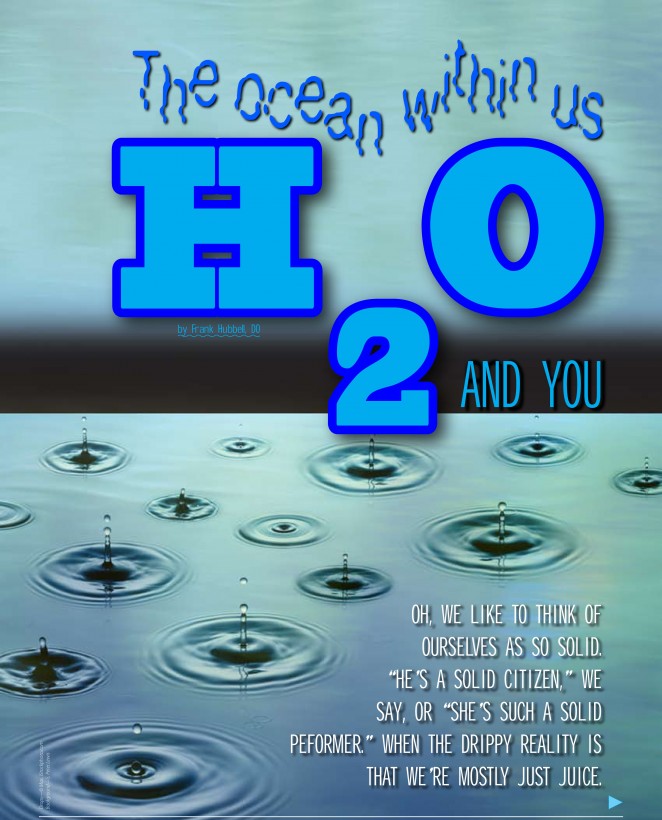DROWNING
ISSN-1059-6518
By Frank Hubbell, DO
Illustrations by T.B.R. Walsh
The Setting:
A small group of kayakers set off for their first run of the season down a local white water river in the early spring. There is still some snow on the banks of the river and ice covering the water in the shaded bends of the river. The water is a perfect height, class 2 – 3, and very cold.
All is going well until the lead boat goes around a bend in the river, sweeps wide, and rolls. The kayaker pops out of his boat and is immediately swept under the sheet of ice by the current. The kayaker right behind him heads straight for the sheet of ice. As the front of his boat hits the edge of the ice, he leans back, and his boat slides up onto the ice. He slides all the way to the edge of the ice at the riverbank.
Quickly exiting his boat, he begins looking though the ice for his friend. A minute or so later he can see his friend under the ice, wedged between the ice and the river bottom. By jumping up and down on the ice, he finally breaks through and is able to pull his friend out of the river, up onto the ice, and over to the riverbank.
His friend is unconscious, not breathing, but he does have a pulse. The “rescuer” gives him two quick breaths and his friend begins to cough and breathe on his own. Within two to three minutes the once ice-trapped victim is conscious, cold, and very shaken.
Worldwide:
It is estimated that approximately 400,000 people drown worldwide each year.
This makes drowning the 3rd leading cause of unintentional injury death worldwide, accounting for 7% of all injury-related deaths.
Motor vehicle accidents are the number 1 cause of unintentional injury death, and poisoning is number 2.
It needs to be noted that the global estimates significantly underestimate the actual number of deaths by drowning as few countries maintain any sort of statistics on mortality and morbidity.
(Unintentional injury death is a death that was preventable.)


